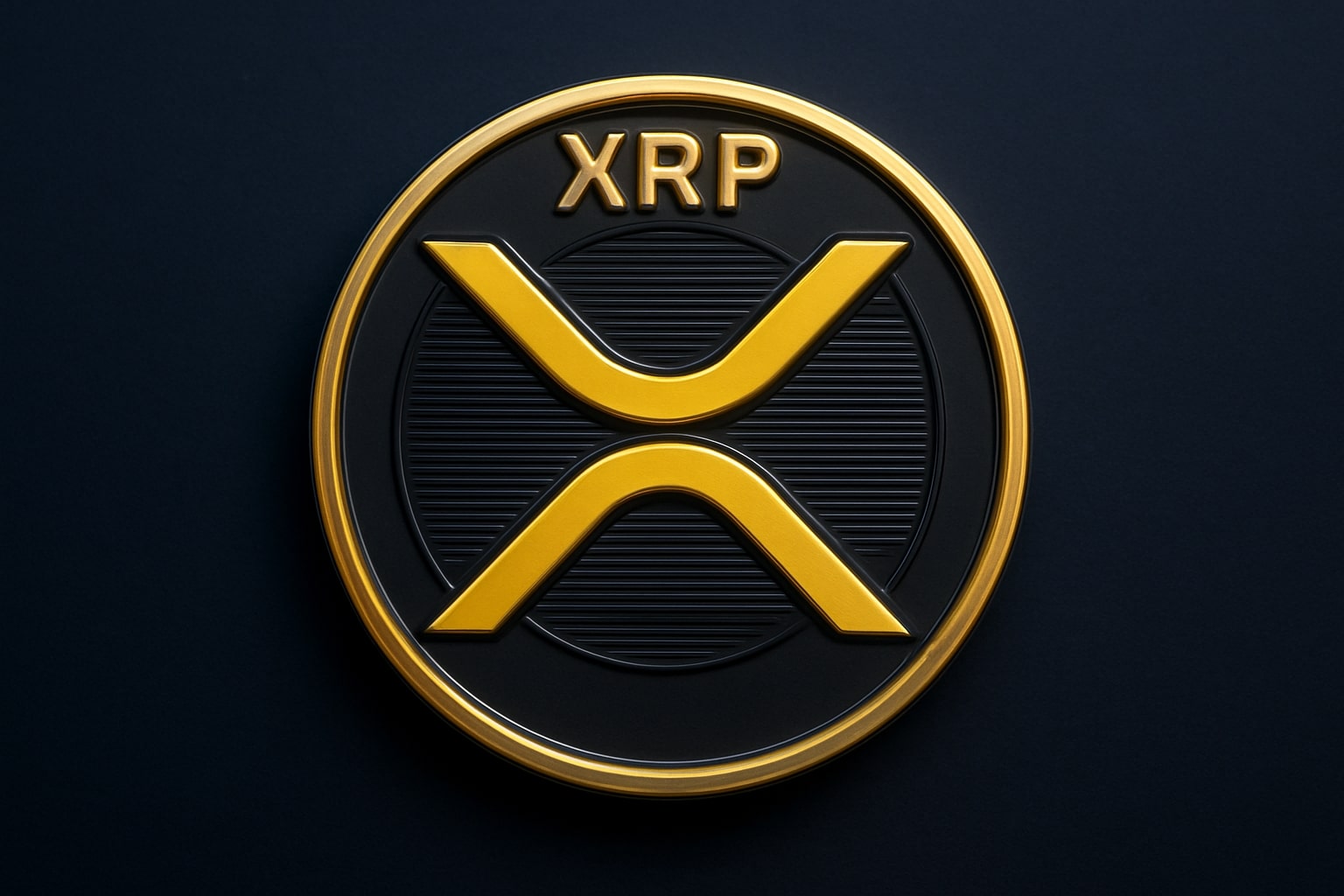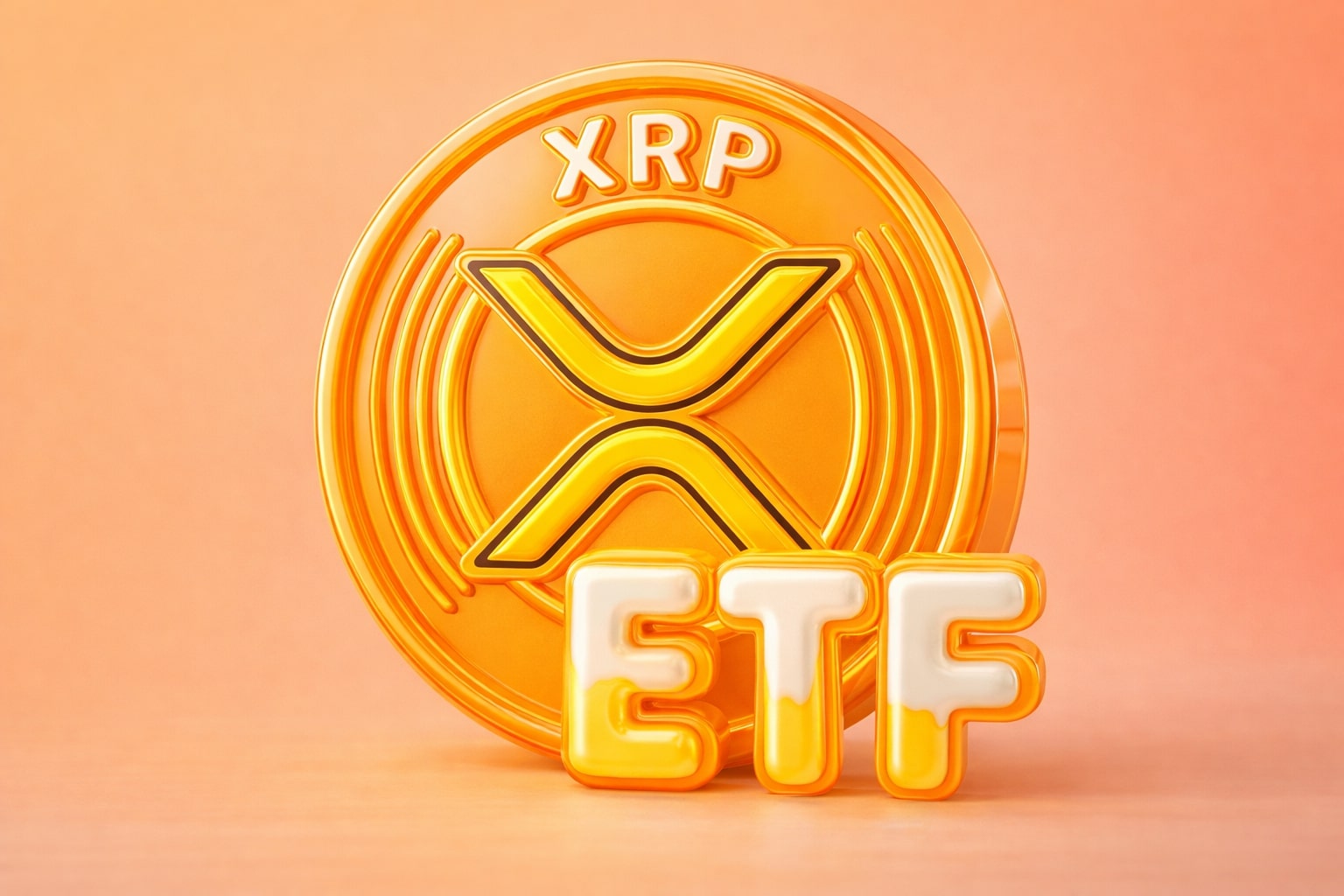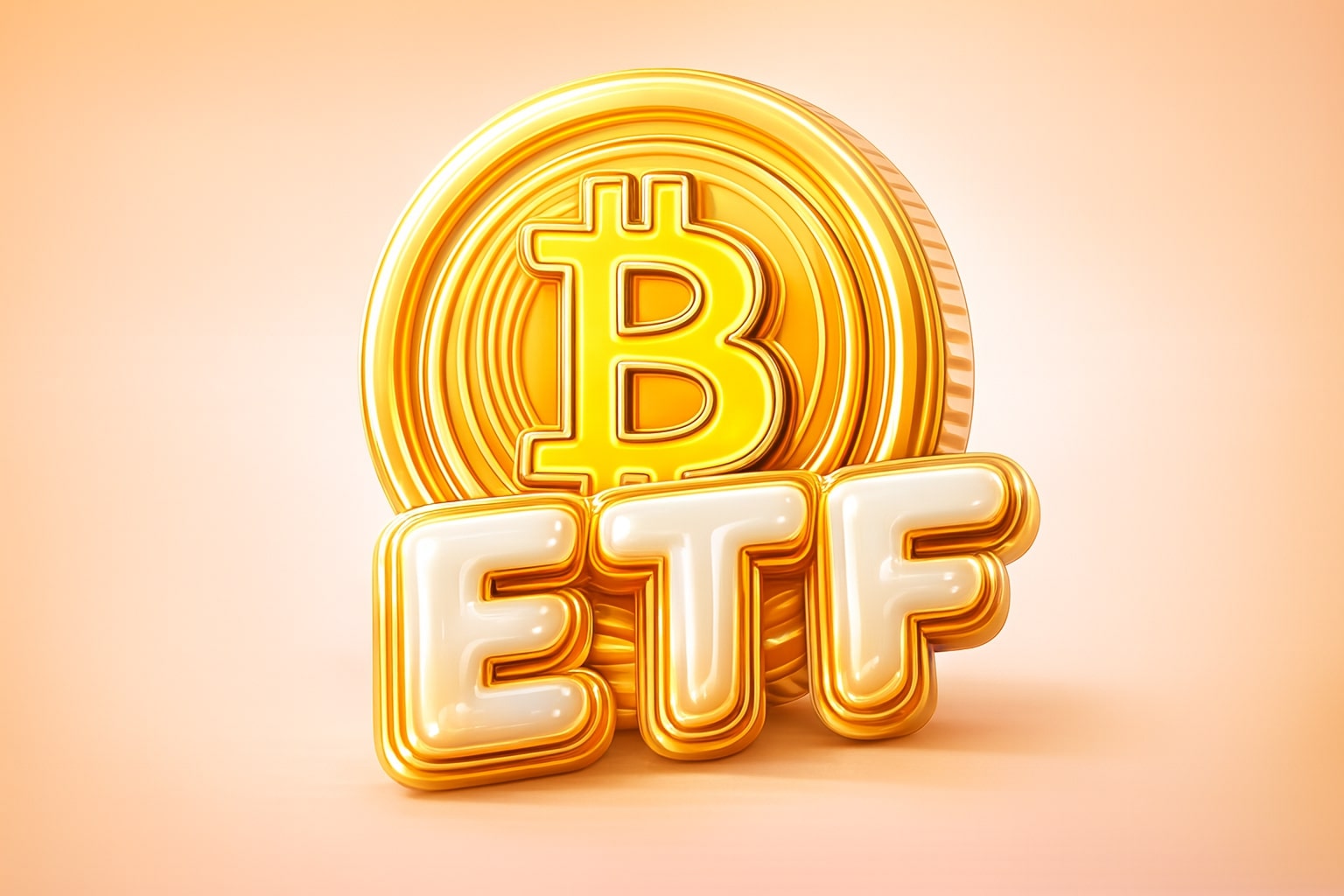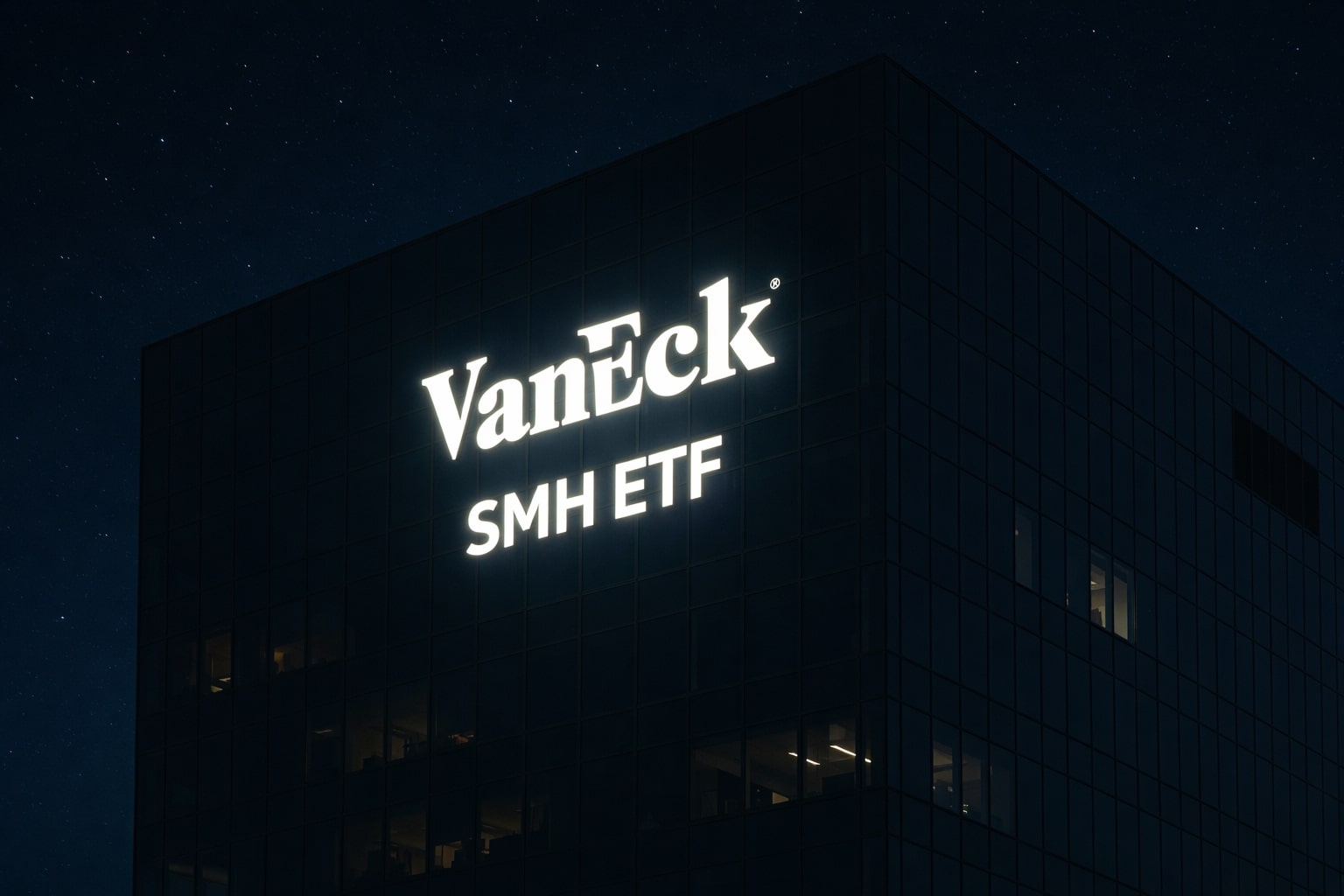
XRP Price Forecast - XRP-USD Stalls at $2.22 Despite $58M XRP ETF Surge
Ripple’s XRP struggles to break above $2.45–$2.55 even after historic ETF inflows, a $243M two-day fund launch, Remittix PayFi expansion, and regulatory fast-tracking—placing critical pressure on the $2.05–$2.60 range | That's TradingNEWS
XRP-USD Structural Repricing As Regulatory Shifts, ETF Flows And Market Psychology Collide
XRP-USD sits in one of the most complicated trading environments of any large-cap asset, hovering between $2.20 and $2.30 after repeated failures to extend beyond the $2.45–$2.55 rejection band. The broader tape shows a market wrestling with contradictory forces: ETF-driven institutional inflows, long-term regulatory clarity, and the emerging threat of Ripple’s own stablecoin architecture. Despite the historic approval of the first U.S. XRP ETFs and more than $58 million in early trading volume, price expansion stalled. That stagnation came even as Bitcoin and Ethereum ripped when their ETFs went live, highlighting how XRP’s internal supply structure and liquidity distribution behave differently. XRP’s year-long rally, still up more than 400% YTD, now conflicts with a structural deceleration rooted in mid-channel compression, institutional hesitation, and Ripple’s growing pivot toward RLUSD, a shift that could increasingly pressure the token’s role in cross-border settlement.
XRP-USD Technical Compression Dominated By Descending Channel, Liquidity Pockets And Macro Resistances
The daily structure shows XRP locked inside a wide descending formation, repeatedly rejecting near $2.45–$2.55, directly under the 200-day moving average and just below the cluster of dynamic resistance around the $2.6 trigger that would confirm a macro shift. Price repeatedly defended the $2.10–$2.20 demand band, but every rebound toward $2.50 met sellers. RSI reclaimed the midline on the daily chart, but without follow-through volume, leaving the recovery technically shallow. On the four-hour chart, XRP continues to track a clean descending channel, each lower high confirming sellers still control short-term structure. The price briefly reacted at $2.20–$2.25, but momentum faded as the dotted internal trendline—formed during the previous breakdown—acted as instant rejection. Volatility compression persists, setting up a large expansion move once one of the two key boundaries break: $2.33 on the upside or $2.15 on the downside. A flush toward $2.05 would create a classic liquidity grab scenario, while a breakdown could rapidly roll the token toward the deeper $1.75 pocket.
XRP-USD ETF Flows, Institutional Behavior And Delayed Spot-Market Impact
The approval of the first XRP ETF was historic, generating $58 million in early volume with expectations that giants like Franklin Templeton, holding $1.6 trillion in AUM, may soon accelerate exposure. But the spot price refused to move in sync, highlighting a structural reality of XRP: ETF flows do not instantly translate into spot purchases. Issuers accumulate over time, spreading buys across sessions to avoid slippage. Bitcoin ETFs showed this pattern clearly: weeks of consolidation before a wave of buying ignited new highs. XRP now mirrors that early phase. XRP’s concentrated supply—major holdings by Ripple Labs—further reduces volatility, preventing the ETF launch from creating the dramatic imbalances traders expected. This explains why, despite $243 million moving into the Canary XRPC fund in two days according to OneSafe’s data, XRP dropped 9% instead of rallying. The institutional profile itself remains cautious: TradFi desks shifted capital toward AI-linked assets and BTC dominance trades, while reducing altcoin risk during regulatory uncertainty. With XRP’s market cap at $134.7 billion, large funds treat it as a long-duration asset with slower onboarding cycles.
XRP-USD Ripple Banking Shift, RLUSD Stablecoin Ambitions And The Core Utility Debate
Ripple’s pursuit of a national bank charter triggered speculation that the company may expand deeply into regulated financial products, particularly stablecoins. The acquisition of a stablecoin payment firm for $200 million and the introduction of RLUSD created a structural question: will Ripple’s stablecoin cannibalize XRP’s utility as a bridge asset? The original bull narrative centered on banks needing XRP for cross-border settlements, but RippleNet functions without the token, while ODL use is concentrated in smaller liquidity-constrained institutions. Larger banks—critical for mass adoption—still have not integrated XRP into core flows. The introduction of RLUSD as a stable, frictionless bridge for ODL routes could further erode XRP’s transactional velocity. This is one of the most misunderstood pieces of the current XRP landscape: while regulatory clarity boosted legitimacy, Ripple’s internal roadmap increasingly positions the ecosystem around fiat-backed rails rather than XRP’s floating-asset model.
XRP-USD PayFi Acceleration, Remittix Integration And Cross-Border Infrastructure Expansion
One of the strongest counterforces to XRP’s bearish supply concerns is the rise of PayFi channels. Remittix, having raised $28.1 million across 685 million tokens at $0.1166, represents a new funnel into the Ripple ecosystem by extending crypto-to-fiat payment rails across 30+ fiat currencies and 40 cryptocurrencies. With its wallet beta already live, crypto-to-fiat app nearing beta, and multiple centralized exchange listings lined up, Remittix introduces a high-volume liquidity corridor that aligns with XRP’s settlement narrative. Its merchant pilots in high-traffic remittance zones could create sustained flows that indirectly support XRP’s long-term liquidity depth. Analyst Ali Martinez flagged a four-hour buy signal after a 2.11% drop, suggesting the recent dip could be the final shakeout before a structural reversal. And importantly, early U.S. XRP ETF demand hit $245 million of XRP purchased on day one—a staggering vote of confidence in payment-focused use cases. Remittix’s FX engine, deflationary tokenomics, and category leadership in PayFi create a secondary reinforcement layer for Ripple’s ecosystem, offering XRP downstream benefits even as RLUSD threatens its upstream utility.
XRP-USD SEC Dynamics, Fast-Track ETF Windows And Regulatory Realignments
The SEC’s new guidance enabling delayed filings to be accelerated created one of the most important regulatory inflection points for XRP this cycle. With Bitcoin and Ethereum ETFs approved and functioning, the next wave centers around alternative large-cap assets. Bitwise already expressed interest in an XRP ETF, and with the fast-track mechanism now in place, filings delayed during the government shutdown are being prioritized. Bloomberg analysts argue that XRP may now be at the front of the queue. Ripple’s legal environment stabilized after courts clarified XRP is not a security in secondary markets, removing the largest historical overhang on institutional flow. This regulatory normalization, combined with ETF acceleration, sets up a delayed—but powerful—pipeline of potential demand once filings convert to approvals. Yet institutional sentiment has diverged: XRP remains in the top four by market cap, but macro investors rotated into BTC, SOL, and AI-linked tokens through most of 2025, pressuring XRP’s relative strength.
XRP-USD Market Psychology, Extreme Predictions And Community-Driven Volatility
The speculative wave around XRP hit a new fever pitch anchored by predictions ranging from $700 to $1,000 per token, implying 30,000%–43,000% upside from the current $2.20–$2.30 band. A CEO publicly bet $18,000 on a $750 target with a payout that would reach $3.5 million, illustrating how deeply these beliefs grip the XRP community. Social momentum intensified as influencers highlighted XRP as “still cheap under $10,” and others revived decade-old statements forecasting four-figure valuations. These narratives create powerful psychological cycles: extreme optimism amplifies the upside elasticity but also sharpens crashes when expectations unwind. XRP’s price memory at the $2.10–$2.20 band plays a central role in stability, but the token’s susceptibility to community-driven surges means volatility remains elevated, particularly around ETF headlines and Remittix milestones.
Read More
-
SMH ETF: NASDAQ:SMH Hovering at $350 With AI, NVDA and CHIPS Act Fueling the Next Move
16.12.2025 · TradingNEWS ArchiveStocks
-
XRP ETFs XRPI and XRPR: Can $1B Inflows Lift XRP-USD From $1.93 Back Toward $3.66?
16.12.2025 · TradingNEWS ArchiveCrypto
-
Natural Gas Price Forecast: NG=F Falls to $3.80–$3.94 as Warm Winter Kills $5.50 Spike
16.12.2025 · TradingNEWS ArchiveCommodities
-
USD/JPY Price Forecast - USDJPY=X Slides, BoJ 0.50% Hike, Fed Cut and NFP Set the Next Big Move
16.12.2025 · TradingNEWS ArchiveForex
XRP-USD ETF Delays, Spot-Market Liquidity Absorption And Institutional Timing Effects
Looking at prior ETF cycles, XRP now mirrors Bitcoin’s 2024 pattern: strong inflows, muted spot-price reaction, and a delayed ignition phase. ETF issuers accumulate silently, blending purchases over days or weeks. The market absorbed heavy flows—$243M into Canary XRPC in two days—without breaking the $2.5 ceiling. On centralized exchanges, volumes increased, but spot demand matched inflow speed, maintaining equilibrium. Institutional players behave slowly: rather than chasing momentum, portfolios scale cautiously, especially with regulatory ambiguity still fresh. The neutral consolidation near $2.24 and repeated long lower wicks on the ascending trendline from October suggest buyers quietly accumulate, but sellers defend every rally toward $2.47. ETFs alone cannot break resistance; price must clear structure first.
XRP-USD Verdict Based On All Restructured Data, Macro Technicals, Utilities, ETF Dynamics And Market Flow
After integrating all four articles, every technical pattern, all ETF developments, PayFi adoption, Ripple’s stablecoin overhaul, macro institutional flow, extreme predictions, technical compression, liquidity pockets, regulatory shifts, and remittance catalysts, the combined evidence points to a clear stance.
XRP-USD is a HOLD with a bullish bias.
A HOLD—not SELL—because
XRP retains structural strength at $2.10–$2.20, ETF inflows accumulate silently, Remittix strengthens liquidity channels, regulatory clarity expands institutional access, and technical compression historically precedes major breakouts.
A HOLD—not BUY—because
Ripple’s RLUSD threatens XRP’s core utility, descending-channel resistance at $2.55–$2.60 remains unbroken, community-driven volatility clouds risk signals, and top-four dominance is under pressure from macro rotations.
The bullish bias comes from
ETF acceleration, high-timeframe demand resilience, improving liquidity depth, rising PayFi rails, and institutional inflows that historically explode after a consolidation phase.
If XRP breaks $2.60, the stance shifts to BUY.
If XRP loses $2.05, the stance shifts to SELL.
For now, HOLD with bullish momentum building beneath the surface.

















